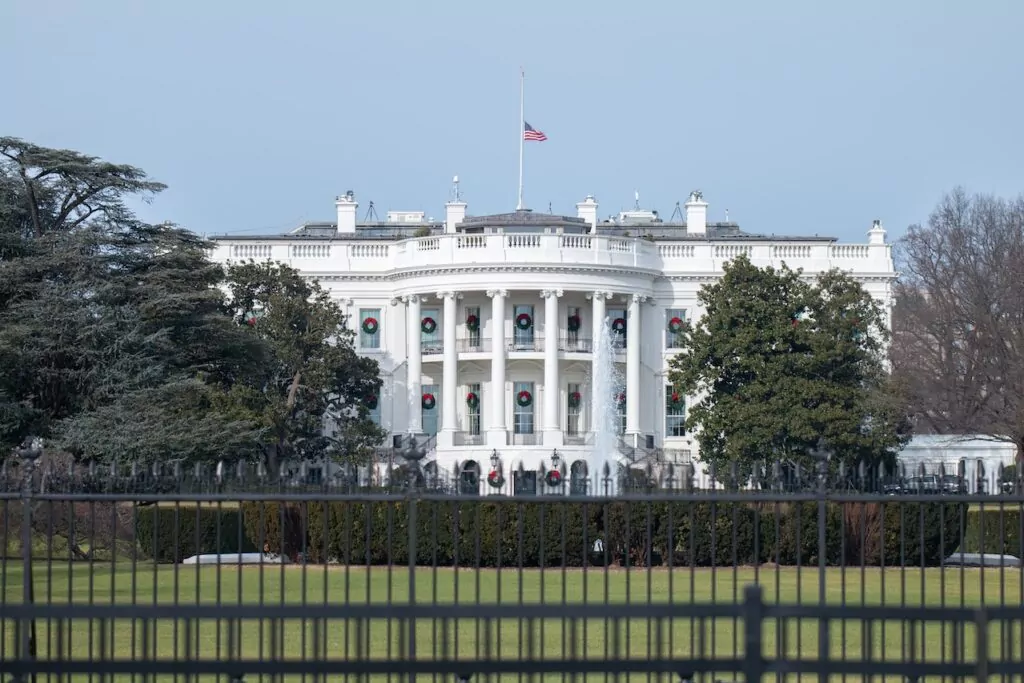Three main factors drove the U.S. Centers for Medicare & Medicaid Services’ (CMS) decision to extend the value-based insurance design (VBID) model through 2030: patients’ social needs, health equity and improved care coordination.
Originally set to run between 2021 and 2024, CMS indicated yesterday that it would invest five additional years in the demonstration. This includes the hospice benefit component, often called the Medicare Advantage carve-in, CMS confirmed.
Though the agency has yet to announce the specifics, aspects of the program are expected to change through the expanded time period.
“The Medicare Advantage (MA) Value-Based Insurance Design (VBID) model, including its Hospice Benefit Component, will be extended to 2030,” a CMS spokesperson told Hospice News. “The extension and changes (which will be announced at a later time) intend to more fully address the health-related social needs of patients, advance health equity, and improve care coordination for patients with serious illness.”
The extension reflects growing recognition of the importance of social determinants of health and nonmedical needs such as housing, nutrition, transportation and home modifications, among others.
Addressing issues like these can positively impact a patient’s well-being — as well as reduce health care costs, according to a 2019 analysis by the Commonwealth Fund.
For example, research has “consistently” found that programs to reduce housing insecurity and homelessness result in fewer emergency department visits, hospitalizations and inpatient days, as have efforts to provide meals, the report indicated.
The report cited a range of studies that found “moderate evidence” of cost savings generated by providing non-emergency medical transportation to low-income patients, those with certain chronic conditions, or dually eligible Medicare-Medicaid enrollees.
These services can produce a $3,423 per-person, per-month return on investment for dialysis patients and $792 in savings for diabetes wound care patients, Commonwealth Fund reported. The evidence is considered “moderate” because the bulk of the studies on this topic used relatively small sample sizes.
Health equity has likewise emerged as a top CMS priority.
The agency has committed to incorporating interventions to foster greater equity in all of its future payment model demonstrations. The first such model to be announced was Accountable Care Organization Realizing Equity, Access and Community Health (ACO REACH), which launched on Jan. 1. This program replaced the global and professional direct contracting models.
By bringing these principles into VBID, the agency is poised to revise at least one of its current demos in addition to any future models.
“The Innovation Center is embedding health equity into all of our models, and that includes a requirement to develop a plan to identify disparities in their populations and how they’re going to address it,” Center for Medicare & Medicaid Innovation (CMMI) Director Elizabeth Fowler said at the HLTH conference in Las Vegas. “It means collection of data on race and ethnicity and social determinants of health and being able to connect patients to hopefully community-based services that meet their needs.”
The agency will also be on the lookout for ways to incentivize health equity through its reimbursement programs, Fowler said.
Also among CMS’ stated goals for extending VBID is improving care coordination, which the agency defines as “the organization of a patient’s care across multiple providers.”
This has been an objective for VBID since the beginning, but CMS may now be seeking to enhance its current methodologies.
The hospice component is just one facet of the demonstration, which is a larger initiative to “modernize” Medicare Advantage, according to CMS.
Within VBID, MA plans can target benefit designs based on chronic conditions and/or socioeconomic characteristics of their patient population.
In addition to the hospice element, the demonstration in 2024 will include components on wellness and health care planning, supplemental benefits, use of high-value providers, and reductions in cost sharing for Medicare Part C and certain Part D medications.
As the program progresses, certain aspects change each year. CMS is not yet able to disclose what might change during the extended timeframe, including whether health plans must continue to pay hospices an amount equivalent to the traditional Medicare benefit, an agency spokesperson told Hospice News.
In 2024, all participating MA plans must submit a health equity plan, whereas in 2023 that requirement applied only to those in the hospice component. All plans must also report biannually on beneficiary utilization of certain supplemental benefits, including food and nutritional insecurity, transportation barriers and access to general supports for living.
“MA plans in VBID are innovating to meet person-centered needs: When social and other factors are addressed as part of a person-centered approach to care, patients may more easily access the care they need — when they need it — to manage their health,” the agency indicated on its website.
Companies featured in this article:
Center for Medicare & Medicaid Innovation, U.S. Centers for Medicare & Medicaid Services



